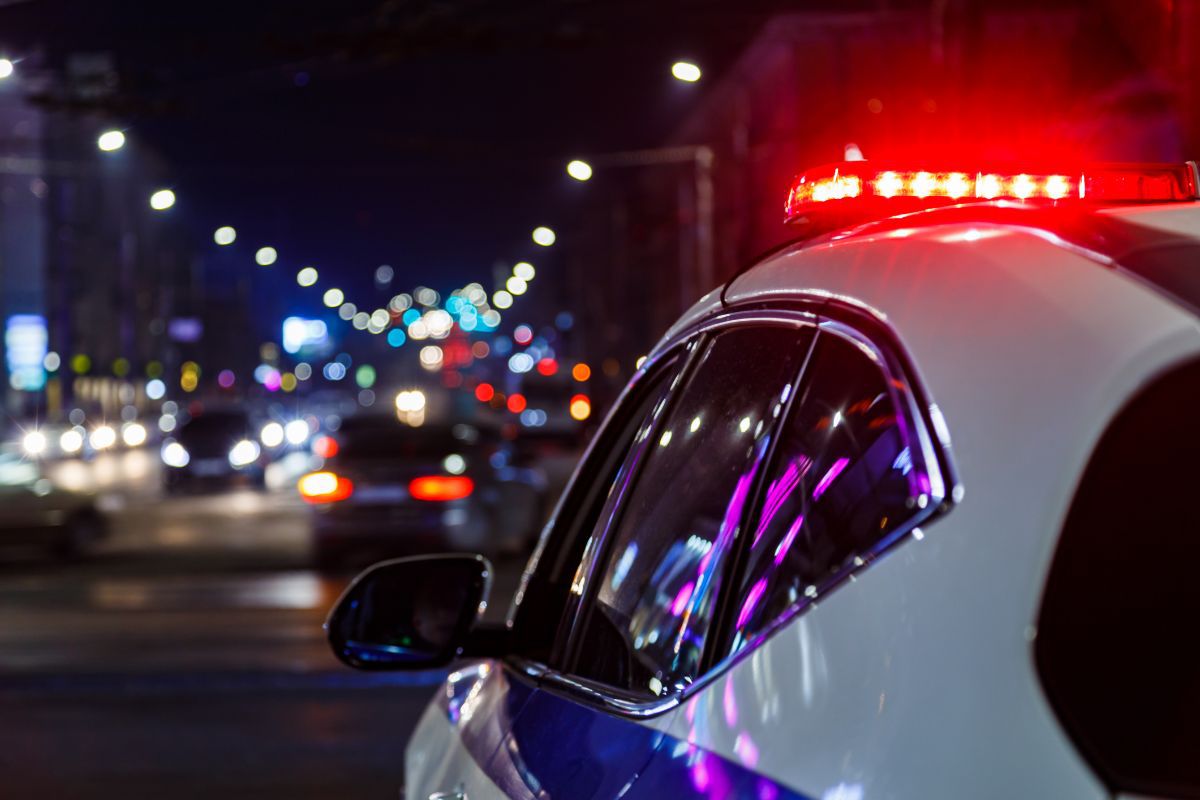 Can law enforcement officers (LEO) determine your speed when they are ahead of you? In a word, yes.
Can law enforcement officers (LEO) determine your speed when they are ahead of you? In a word, yes.
3 Common Systems of Determining Your Traveling Speed Are RADAR, LIDAR, & Pacing
Typically, police cars and even CHP’s motorcycles are equipped with bi-directional antennae that emit a high-frequency radio signal ahead and behind to determine if motorists are speeding. Those antennae can send and receive signals in both directions, forward and to the rear, using both RADAR and LIDAR.
RADAR
“Radar is a system for detecting the presence, direction, distance, and speed of aircraft, ships, and other objects, by sending out pulses of high-frequency electromagnetic waves that are reflected off the object back to the source.” – Merriam-Webster Online Dictionary.
LIDAR
“Lidar is a device that is similar in operation to radar but emits pulsed laser light instead of microwaves.” – Merriam-Webster Online Dictionary.
Pacing
“Pacing means the positioning of a law enforcement vehicle at a stable, fixed distance behind a speeding vehicle at a constant speed to monitor its speed and the driver’s conduct.” – Law Insider.
Some traffic court judges prefer one method over another and put little faith in the other. Some judges believe that pacing, especially on winding roads, is not reliable. Some speeding tickets have been dismissed because the traffic ticket defender was able to raise the level of doubt about the LEO’s ability to maintain “a stable, fixed distance behind an alleged speeder.” They prefer RADAR or LIDAR, which has a written printout.
Although all are typically reliable and accurate, many technicalities exist to raise the level of “reasonable doubt” about your speed. Even in traffic court, the standard of guilt is reasonable doubt.
RADAR guns must be calibrated frequently, and LEO must be trained on each device. A rookie traffic cop might have difficulty convincing a judge that they “estimated your speed” and determined your speed to be over what was safe given the weather or road conditions.
However, a veteran LEO who has appeared before the traffic court judge dozens of times might have no problem with making that statement and the judge believing it.
Two of the Systems Previously Used in CA That Have Been Ruled “Speed Traps”
The CA Vehicle Code (CVC) Section 40801, Illegal Evidence, prohibits “speed traps.” However, it doesn’t mention what methods are considered speed traps. It merely states, “No peace officer or other person shall use a speed trap in arresting, or participating or assisting in the arrest of, any person for any alleged violation of this code nor shall any speed trap be used in securing evidence as to the speed of any vehicle for the purpose of an arrest or prosecution under this code.”
So, who do you think determines what is a speed trap? That would be the county traffic court judge.
#1 – “The Marked Highway” Speed Trap Without RADAR or LIDAR
It is a speed trap whenever LEO marks two spots on a highway and measures the time it took the driver to travel between them.
This method depends on the LEO clicking the stopwatch at precisely the moment passed the first point and then again when it passes through the endpoint. It can’t be used as either “circumstantial or direct evidence.”
#2 – The Sole Use of Aircraft Without a Patrol Car or Cycle on the Ground
Whenever LEO obtains the evidence of a speeding vehicle on the ground from the air, they must have a patrol car on the ground pull over and ticket the vehicle.
Once the aircraft identifies the vehicle, the patrol car must verify it is the correct vehicle and determine its speed by one of the methods above.
Typically, the LEO in the air and the patrol car or cycle must appear in court. Remember, you have a Constitutional right to face your accuser.
Whatever method LEO used to determine your speed. If they issue you a speeding ticket, you need to consult a traffic ticket defender who frequently appears in Kings County Traffic Court.
Consult with Bigger & Harman, APC, of Bakersfield, CA
When you must appear in Hanford Traffic Court in Kings County, CA, after being caught on RADAR going over the speed limit, you need the benefit of an experienced and knowledgeable traffic attorney. Call Bigger & Harman (661) 349-9300.
We resolve all types of speeding tickets using a fair, flat fee. Therefore, you know what it will cost for our fee. We cannot guarantee a dismissal, though we have been successful in Hanford Traffic Court over the past decade.
Se habla Español (661) 349-9755.
Email: attorney@biggerharmanlaw.com.
References:
